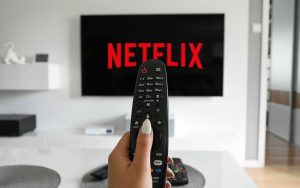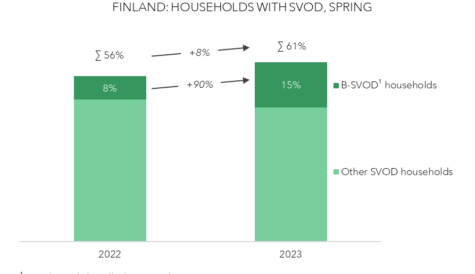
After more than 40 years of operation, DTVE is closing its doors and our website will no longer be updated daily. Thank you for all of your support.
Netflix inadvertently explains how password sharing will work
 Netflix has this week revealed details of how it plans to crack down on password sharing.
Netflix has this week revealed details of how it plans to crack down on password sharing.
The information was made available via the platform’s Help Centre page, though The Guardian reports that the streamer did not intend to share the information globally – and has since taken it down. As yet, the jury is out on whether the new rules will lead to increased subscribers for the firm, or trigger a wave of drop outs.
Netflix’s basic line is that a Netflix account is “for people who live together in a single household”. While logins will still be shareable within a single home, people who do not live in this household “will need to use their own account to watch Netflix”. The streamer, which currently has 230 million subscribers worldwide, has said that account sharing “undermines our long-term ability to invest in and improve Netflix”.
To monitor password sharing, Netflix will treat devices that use an account as trusted if they are connected to the account holder’s home Wi-Fi on a regular basis. At present, it looks as though account holders will need to log in at least once in a monthly period to remain active. Any device that regularly logs in from outside the account holder household may be asked for verification before it can be used to watch anything.
This potentially impacts on people using Netflix while away from home for an extended period (eg holidays). In this scenario, account holders can request a temporary code when signing in. This will provide account access for seven consecutive days.
While Netflix is looking to make every household pay for their own account, there have been reports that the platform may create a mechanism whereby the primary account holder can add a second household to its subscription (for example a child at university). As yet, there’s no news on how much extra this might cost – but tests in South America suggest that the top up would be in the region of £/€2-3.
Regarding the inadvertent information drop, The Guardian says that test guidelines in Latin America had been posted accidentally across Netflix’s help centre pages including in the US, but had since been taken down. “For a brief time yesterday, a help centre article containing information that is only applicable to Chile, Costa Rica, and Peru went live in other countries. We have since updated it,” said Netflix.


